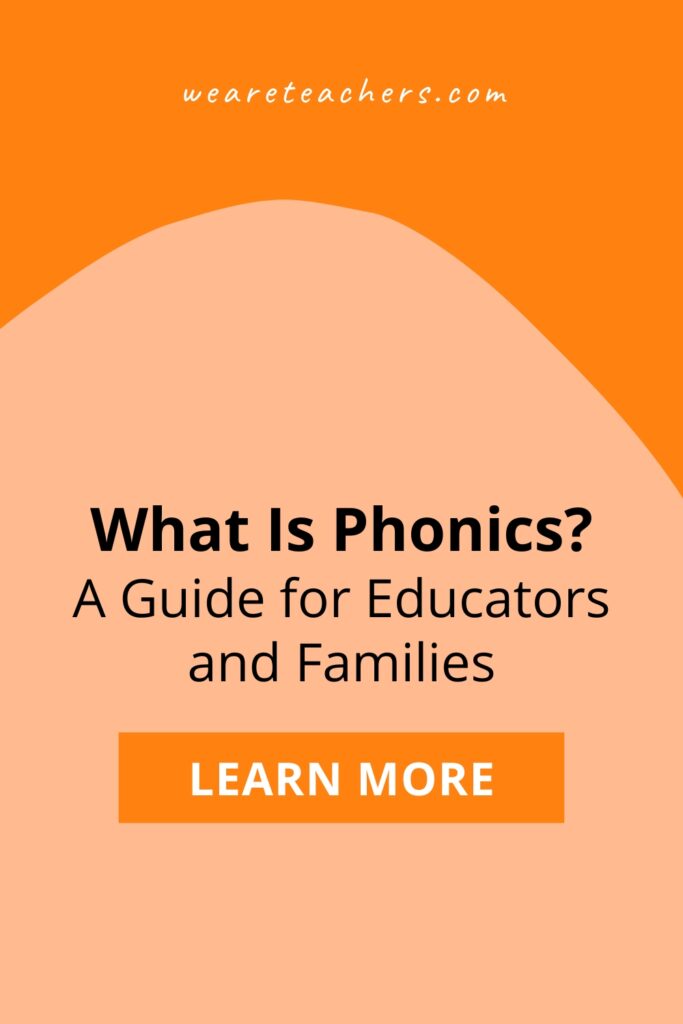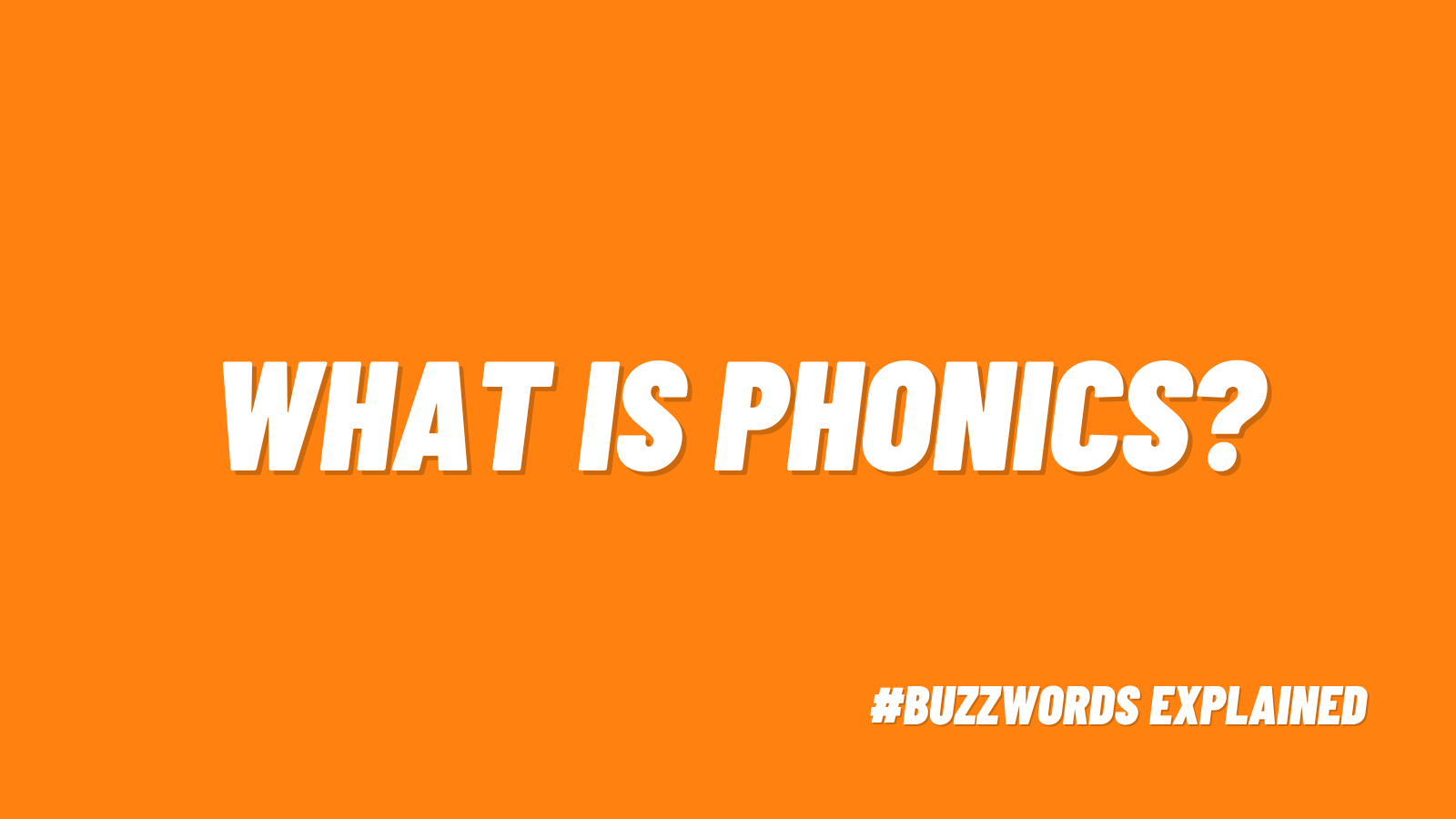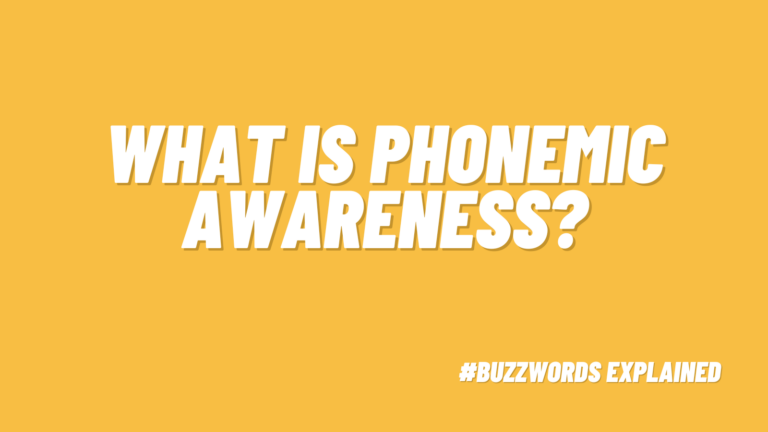Many schools are deep into exploring how they can better lean into what we know about the science of reading to help students learn to read. An essential part of any science of reading–aligned literacy curriculum is phonics. What is phonics? We’ve spelled out (ha, see what we did there?) the basics for you and answered some frequently asked questions.
Letters + Sounds = Phonics
You’ve heard it mentioned as essential for kids learning to read (it is!), but what is phonics, really? Phonics is the knowledge of how spoken sounds (phonemes) can be represented by written letters (graphemes). Phonics connects phonological awareness—the ability to hear and work with spoken words, word parts, and individual sounds—to written language.
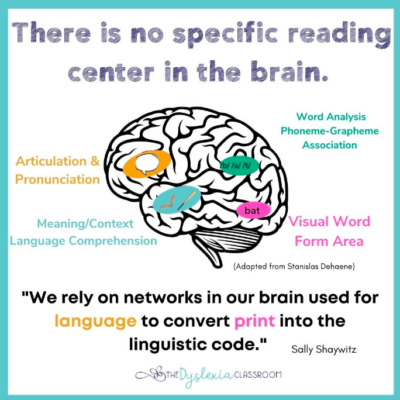
Source: @wimberleydyslexiacenter
Why is phonics important?
Phonics is the basis for decoding, or what’s often called “sounding out” words. Decoding is what happens when a reader looks at a word in print and uses the sounds of each letter to figure out what it says. Phonics is also at the heart of encoding, which is attaching letters to the sounds in a spoken word in order to write it down.
Reading research tells us that humans use multiple areas of their brains to put together spoken sounds, written symbols, and the meaning of words in order to read and write. We don’t start out with established pathways between these areas; we build them through learning and practice. “Orthographic mapping” is the process by which our brains connect the sounds, letters, pronunciation, and meaning of a word. When a word is “mapped” in our brains, we can read and write it. Phonics knowledge is an essential ingredient for this process to happen.
Phonics is important in the very early stages of reading and writing as students learn letter names, sounds, and symbols. It stays important as readers grow; more advanced readers need phonics lessons about more complex spelling patterns, like vowel patterns, and skills like using syllable types to read and spell longer words.
Where do I start with teaching phonics?
To successfully acquire phonics skills—attaching letters to spoken sounds in words—a student needs to be able to hear those sounds in spoken language. Phonological (sound) awareness skills must be nurtured before and alongside phonics skills. Think about it: A child has to be able to hear that the first sound in “bat” is /b/, to learn that the letter b is the first in that word. Check out our list of phonological awareness activities for fun ideas in this area.
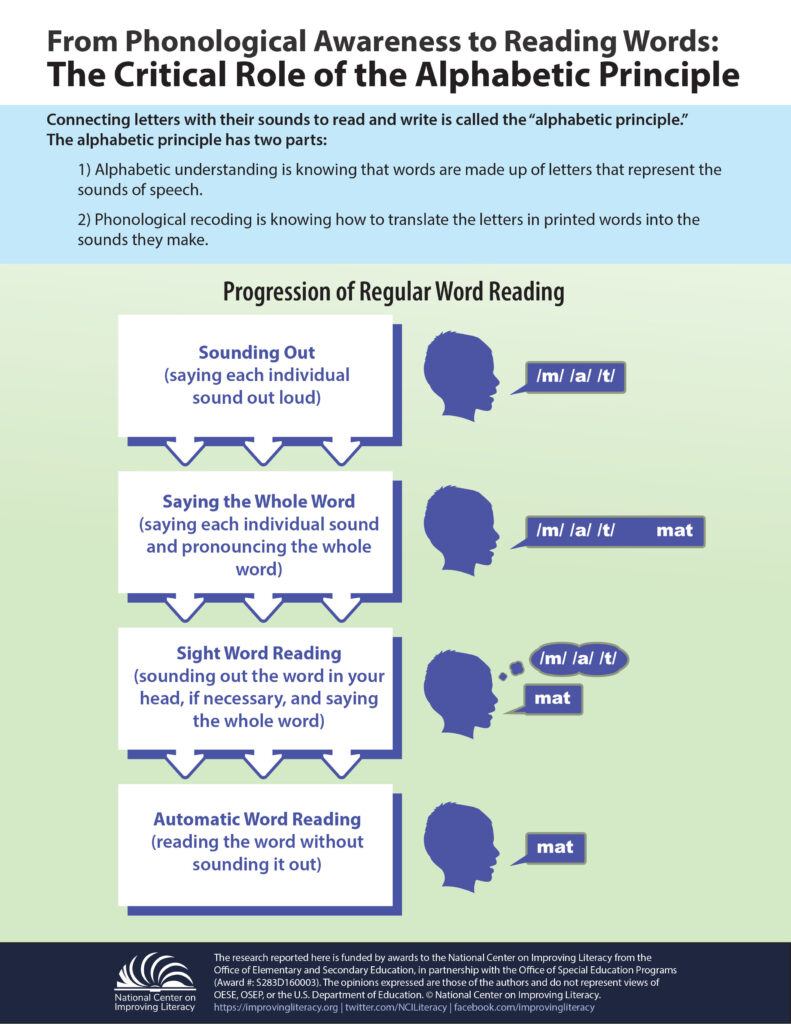
Source: National Center on Improving Literacy
The “alphabetic principle” is also at the starting line of phonics instruction. This is the understanding that a written letter spells a sound, and that written letters in a certain order can spell the sounds in words. To build students’ grasp of the alphabetic principle, we teach letter sounds along with symbols and letter names. This often means helping kids learn a keyword for each letter of the alphabet—a reminder word that is an example of each letter sound. (Our favorite YouTuber for kids, Jack Hartmann, has plenty of songs that teach keywords!)

Source: “Learning Letter Sounds, Version 2” by Jack Hartmann
Helping students learn to blend letter sounds is empowering and can start early. It gets exciting fast! For instance, as soon as students know the consonants m, t, d, and s and short sound of a, they can spell and read a whole list of words, like mad, tad, mat, sat, sad, and more.
Is phonics boring?
No! Phonics instruction doesn’t have to be old-school or boring. High-quality phonics instruction is full of chances for kids to use fun materials and learn through games, play, and all their senses. What kid wouldn’t have fun blending words on train tracks or blending up letter sounds in a toy blender?
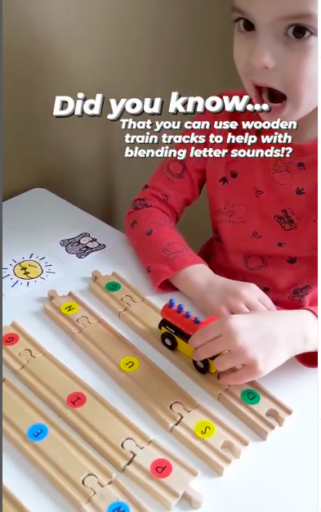
Source: @ohheyletsplay
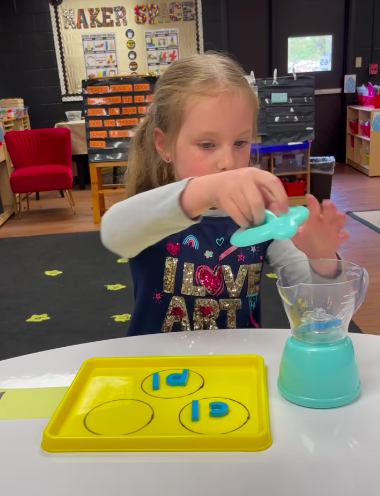
Source: @kinderkish
It’s also important to note that phonics need not (and should not) be the only focus of students’ literacy learning. Reading involves the integration of many skills. Besides phonics, instruction that helps build fluency, comprehension skills, vocabulary, and background knowledge is also integral for students’ success.
What’s the best phonics program?
There are lots of high-quality resources available to help educators successfully instruct kids in phonics—and “instruct” is the key word here. The science of reading tells us loud and clear that explicit and systematic instruction in phonics is the gold standard. When we tell kids exactly how our language’s code works and give them lots of chances to practice using it, they can build the brain connections they need to become readers. Check out the National Institute for Literacy’s “Put Reading First” resource for a full rundown on types of phonics instruction.
Explicit and systematic instruction means following a thoughtful scope and sequence. Having a roadmap helps make sure skills get presented in a logical order and that nothing gets missed. There isn’t one perfect order to teach phonics skills, though most successful phonics sequences follow the same general flow: consonant sounds and short vowels, digraphs and blends, and vowel patterns. One great example is from Mrs. Winter’s Bliss. It’s important to circle back to review previously taught skills often.
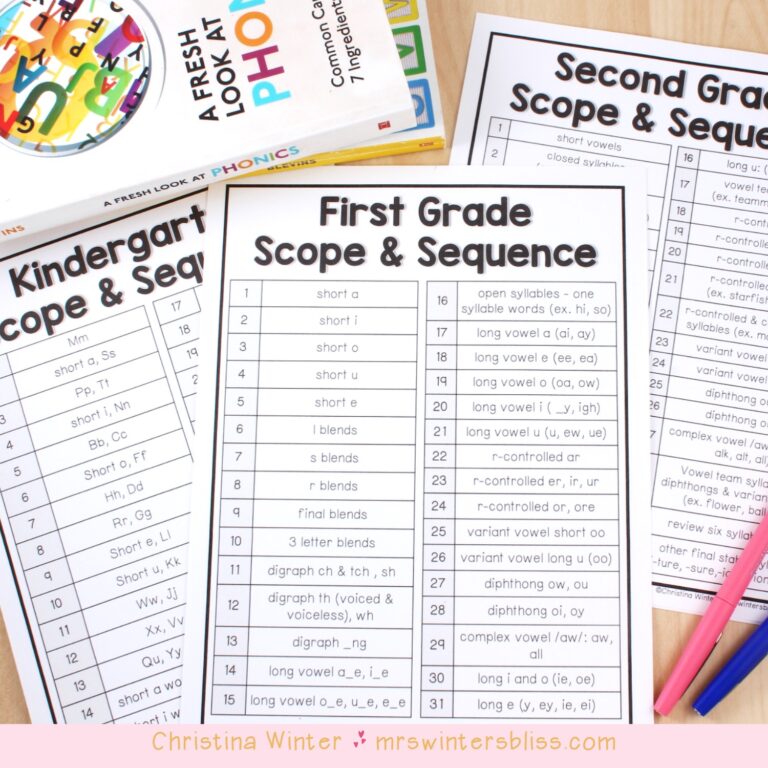
Source: Mrs. Winter’s Bliss
A great phonics program also gives kids the chance to apply their skills to real reading. There are lots of strong choices for decodable text—reading material that includes a careful sequence of phonics demands. Elise Lovejoy, literacy advocate, teacher, and founder of Express Readers, explains decodable text as a chance to “give learning readers a place to practice newly acquired skills, review previously learned skills, practice fluency and comprehension with text that can be decoded by the student, [and] to provide practice that requires attention to text (and does not promote or require guessing).”
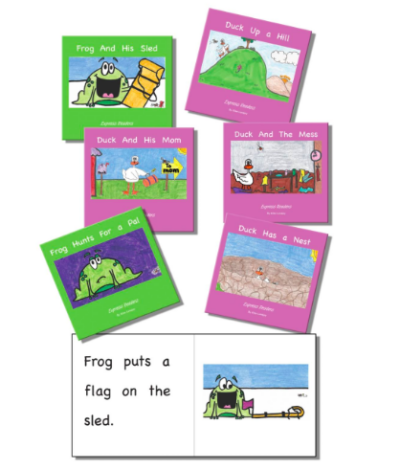
Source: Express Readers
Want to learn more? Don’t miss:
10 Helpful Science of Reading PD Books for Teachers
What Makes a Good Decodable Text?
How To Set Up a Sound Wall in Your Classroom
Which phonics resources do you love? Tell us in the comments!
Want more articles like this? Be sure to subscribe to our newsletters.
